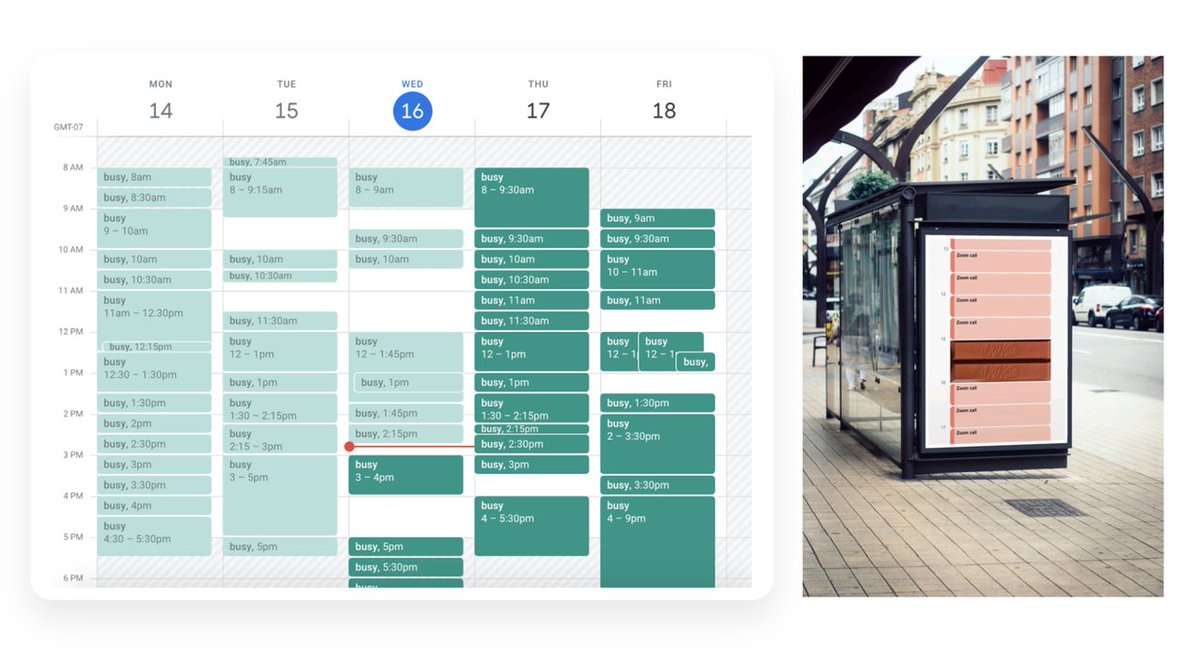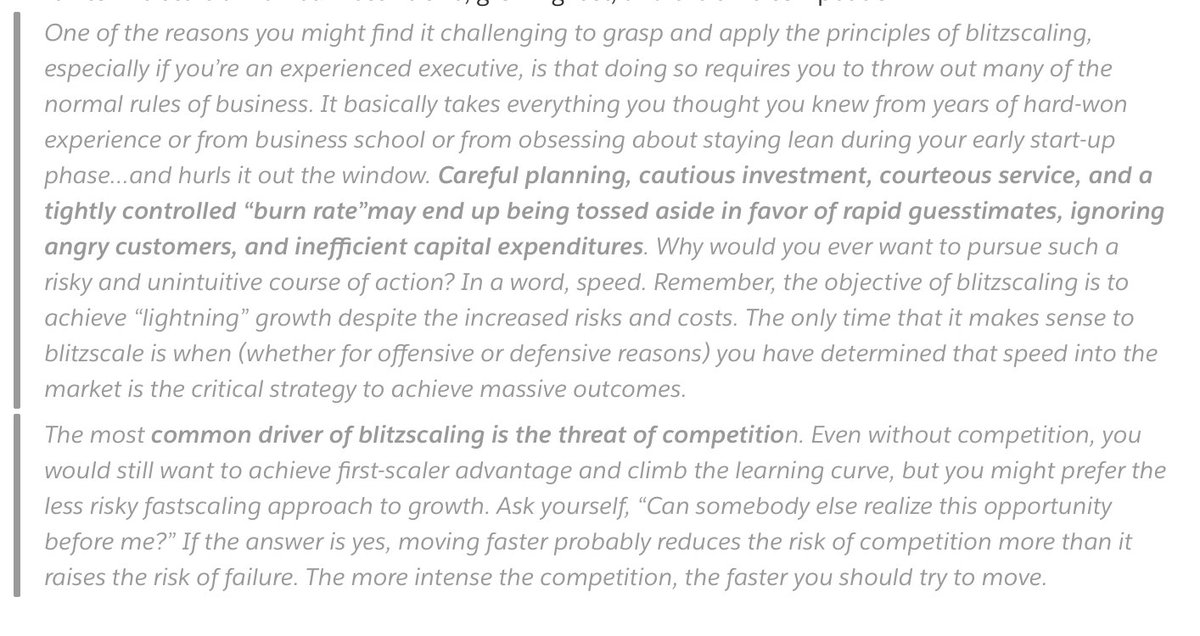
1yr ago, Tom Hanks got Covid. The US went into lockdown. The unplanned remote work experiment started.
Overnight, millions of people turned to Slack as their office.
Now @SlackHQ we’re building a Virtual HQ to #ReinventWork for the hybrid remote future.
Here’s what’s next:
Overnight, millions of people turned to Slack as their office.
Now @SlackHQ we’re building a Virtual HQ to #ReinventWork for the hybrid remote future.
Here’s what’s next:
No one grew up dreaming of spending 9-5 on endless video meetings.
You’re not crazy feeling exhausted. Stanford Researchers recently published a 4-part study why: news.stanford.edu/2021/02/23/fou…
Yet people feel less connected and aligned than ever. What can Slack build to help?
You’re not crazy feeling exhausted. Stanford Researchers recently published a 4-part study why: news.stanford.edu/2021/02/23/fou…
Yet people feel less connected and aligned than ever. What can Slack build to help?

1️⃣ With remote work, there’s a premium on written and async communication.
As some people return to the office, teams will go “hybrid remote”. It’ll be imbalanced. And even more challenging.
Teams will need tools that enable inclusivity, flexibility, and connection.
As some people return to the office, teams will go “hybrid remote”. It’ll be imbalanced. And even more challenging.
Teams will need tools that enable inclusivity, flexibility, and connection.
That’s why we’re building new tools to add texture and richness to communicating in Slack.
Imagine sharing async video, audio, and screen-captures – all seamlessly integrated into messaging and channels.
Imagine sharing async video, audio, and screen-captures – all seamlessly integrated into messaging and channels.

With new tools we’re building at Slack, you’ll soon be able to:
• Run a team brainstorm, starting at 9am in London and ending at 5pm in LA
• Collect feedback on a presentation dry-run
• Pump up a global sales team for the end-of-quarter push
No extra meetings required.
• Run a team brainstorm, starting at 9am in London and ending at 5pm in LA
• Collect feedback on a presentation dry-run
• Pump up a global sales team for the end-of-quarter push
No extra meetings required.
2️⃣ Talking Fortune 500 execs the past year, one proposition always makes their eyes light up:
“What if we could help you replace some of your existing meetings? What if we built an async alternative that's more flexible, efficient, and inclusive?”
Everyone urgently wants this.
“What if we could help you replace some of your existing meetings? What if we built an async alternative that's more flexible, efficient, and inclusive?”
Everyone urgently wants this.
With new tools we’re, you’ll soon be able to run “meetings” in Slack like:
• Running a daily project standup
• Showcasing team demos every Friday
• Sharing bi-weekly metrics updates
Without ever scheduling a meeting.
(PS: see @stevesi must-read medium.learningbyshipping.com/reaching-peak-…)
• Running a daily project standup
• Showcasing team demos every Friday
• Sharing bi-weekly metrics updates
Without ever scheduling a meeting.
(PS: see @stevesi must-read medium.learningbyshipping.com/reaching-peak-…)
3️⃣ It’s been an exhausting year working fully remote. It’s helped us appreciate the jobs the physical office did uniquely well.
Top of that list: those hallway run-ins, post-meeting debriefs, and impromptu cafe chats.
How can Slack help facilitate more ad hoc discussions?
Top of that list: those hallway run-ins, post-meeting debriefs, and impromptu cafe chats.
How can Slack help facilitate more ad hoc discussions?

It starts with Channels. They’re a place for every project, team, and office.
They should be a place for serendipitous connection.
That’s why we’re building a way to instantly hop into audio discussions in channels. They easily snowball as teammates “walk by” in Slack.
They should be a place for serendipitous connection.
That’s why we’re building a way to instantly hop into audio discussions in channels. They easily snowball as teammates “walk by” in Slack.

With new tools we’re building at Slack, you’ll soon be able to:
• Quickly jam on the latest designs for an upcoming launch
• Triage live production issues from customers
• Create more informal space for co-working with teammates
No (video) meetings required.
• Quickly jam on the latest designs for an upcoming launch
• Triage live production issues from customers
• Create more informal space for co-working with teammates
No (video) meetings required.
The future of work is a hybrid remote world.
One where nearly everyone shares the same sentiment:
“The tools I use for (distributed) work better look dramatically different in a year!”
We @SlackHQ very much agree.
More coming soon...
One where nearly everyone shares the same sentiment:
“The tools I use for (distributed) work better look dramatically different in a year!”
We @SlackHQ very much agree.
More coming soon...
• • •
Missing some Tweet in this thread? You can try to
force a refresh




